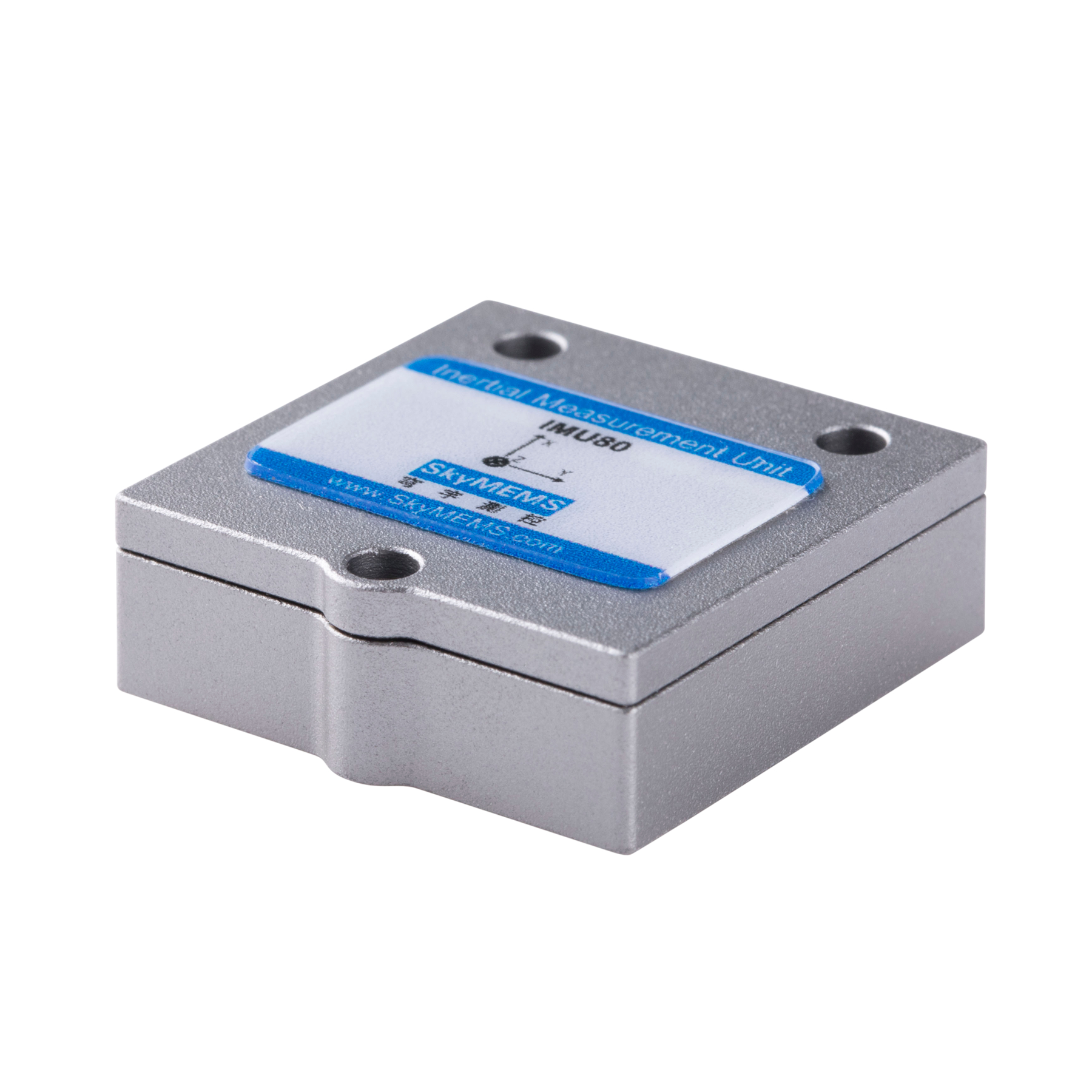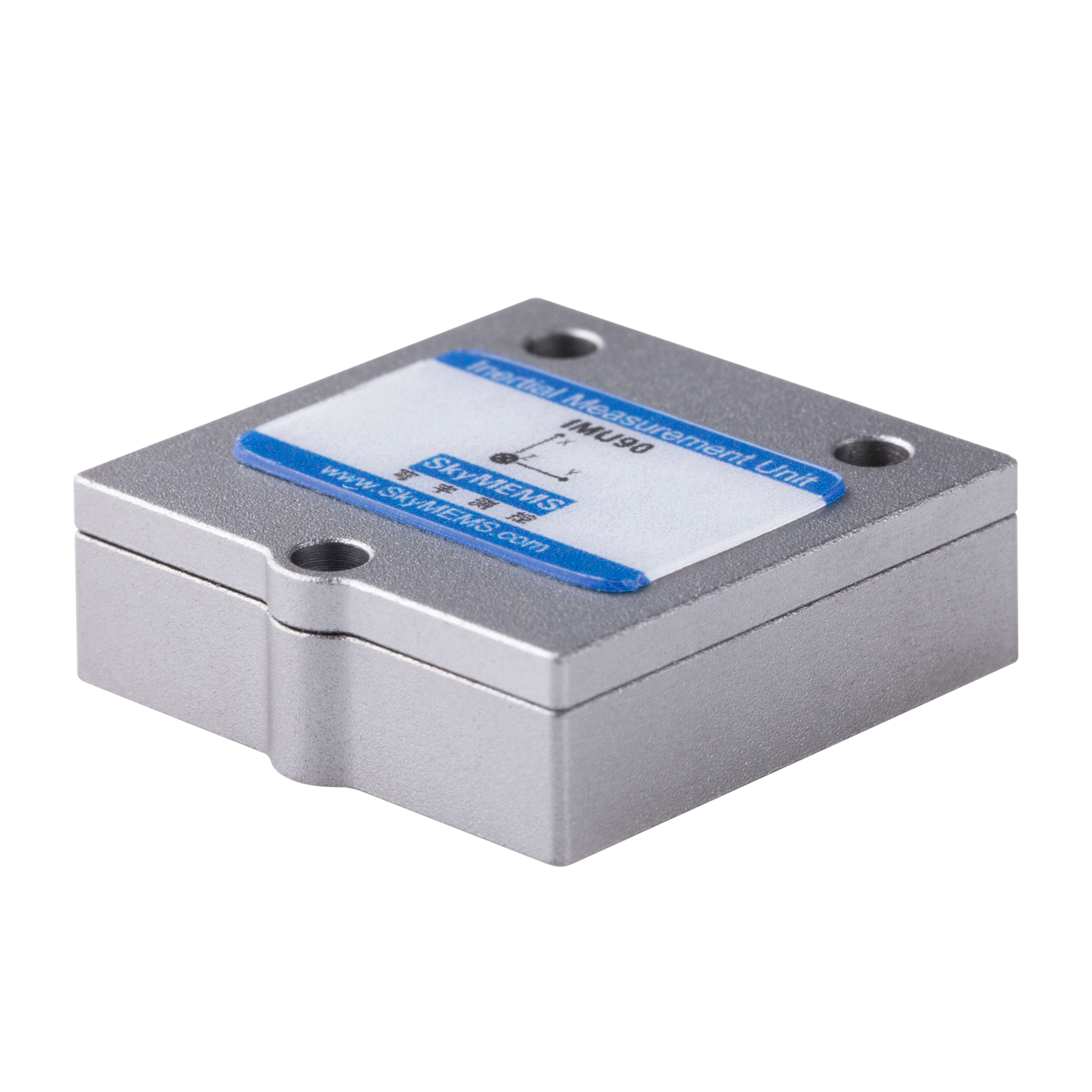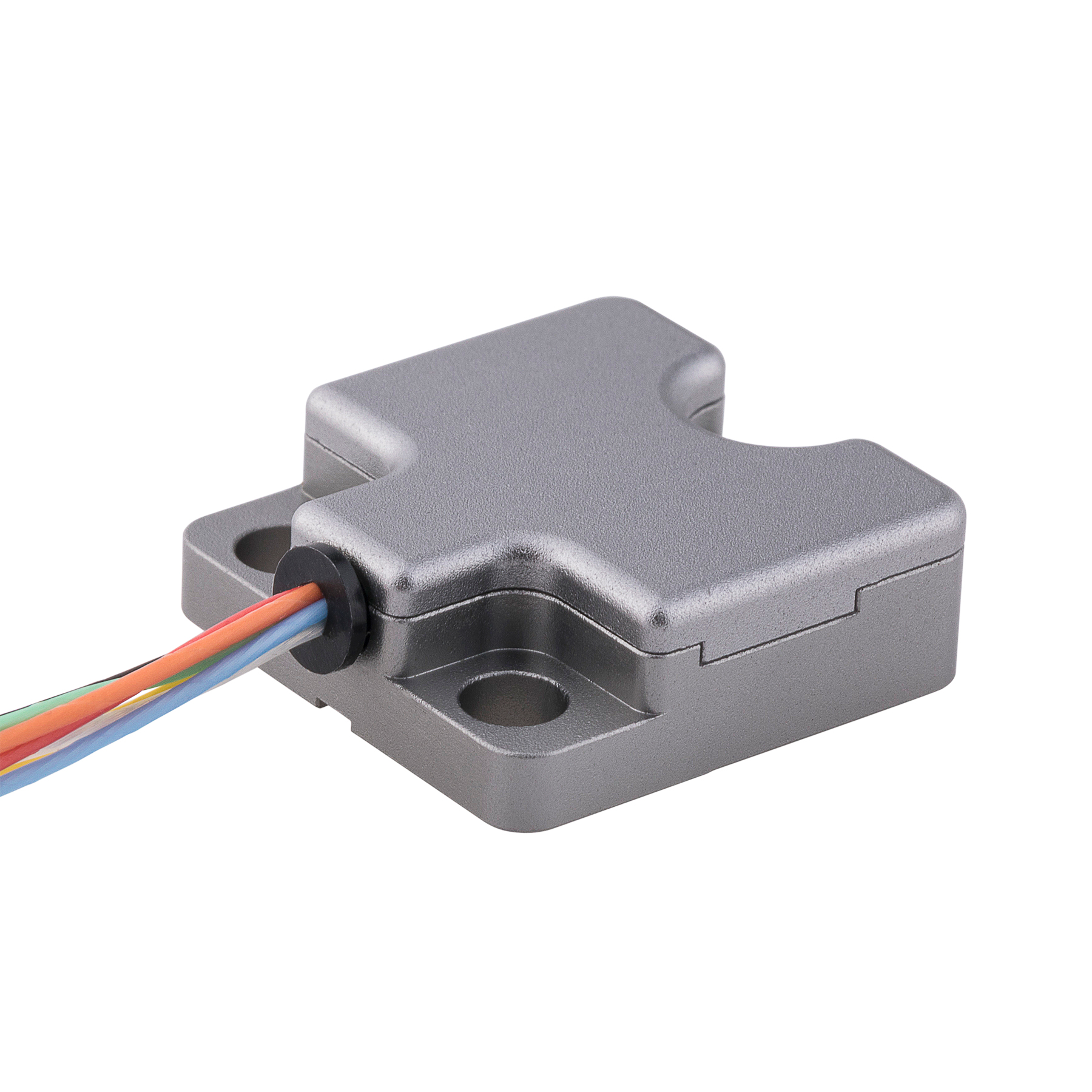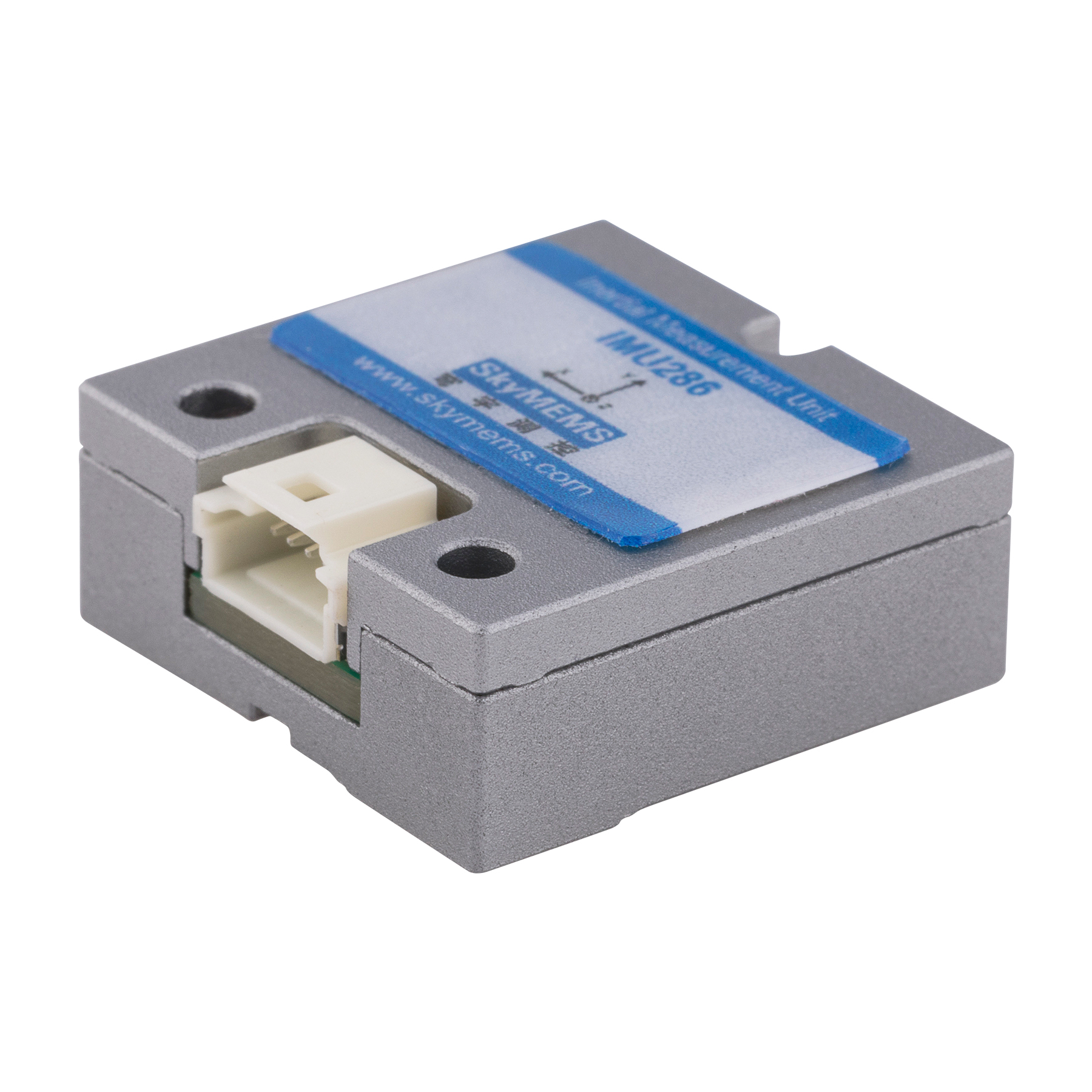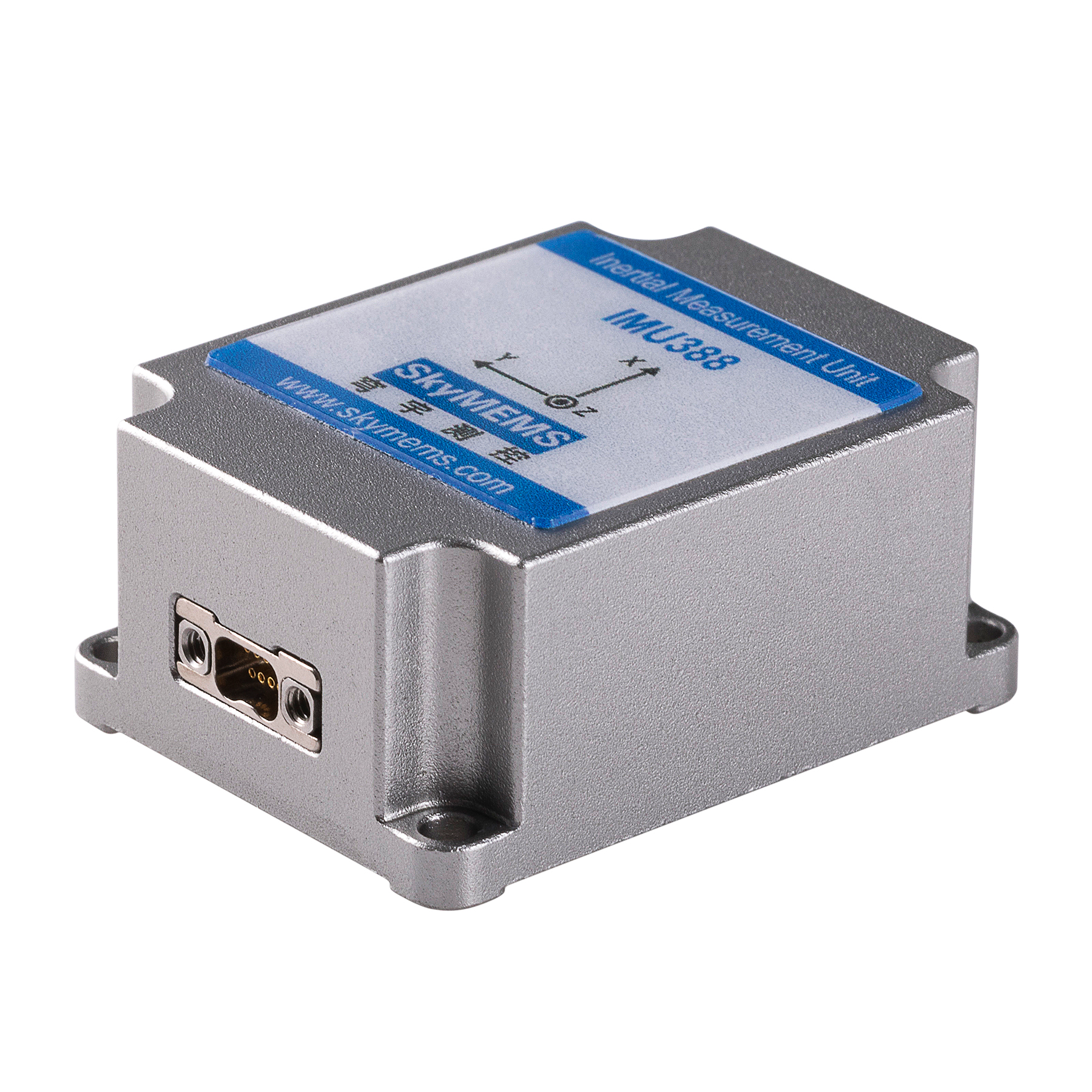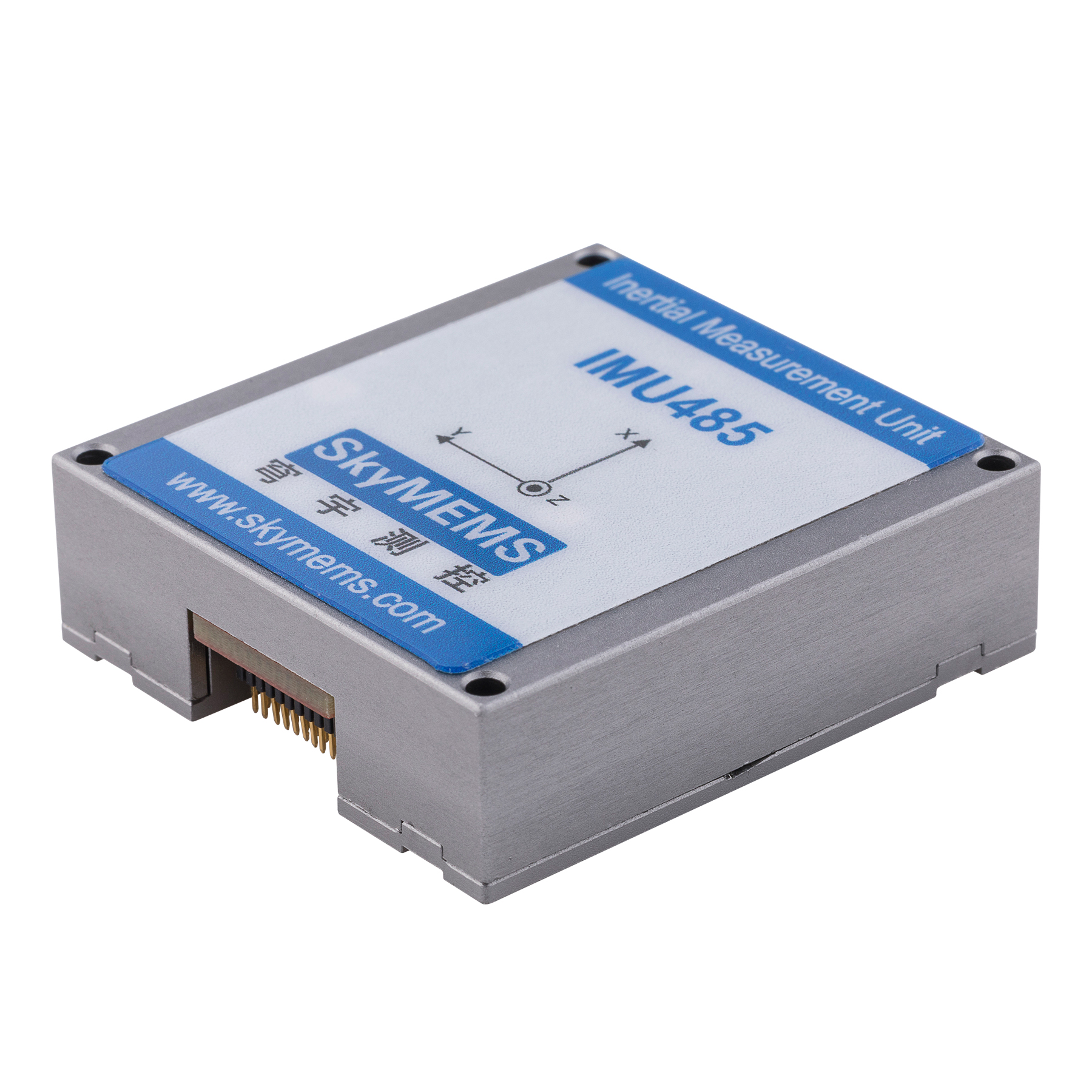A single antenna integrated navigation system, also known as a single antenna GNSS (Global Navigation Satellite System), is a type of navigation system that utilizes a single antenna to receive signals from multiple satellite constellations. It is commonly used in a variety of applications, including aviation, marine, and land-based transportation.
In this article, we will delve into the various uses of single antenna integrated navigation systems and the benefits they offer. We will also explore the different types of single antenna GNSS systems and how they work.
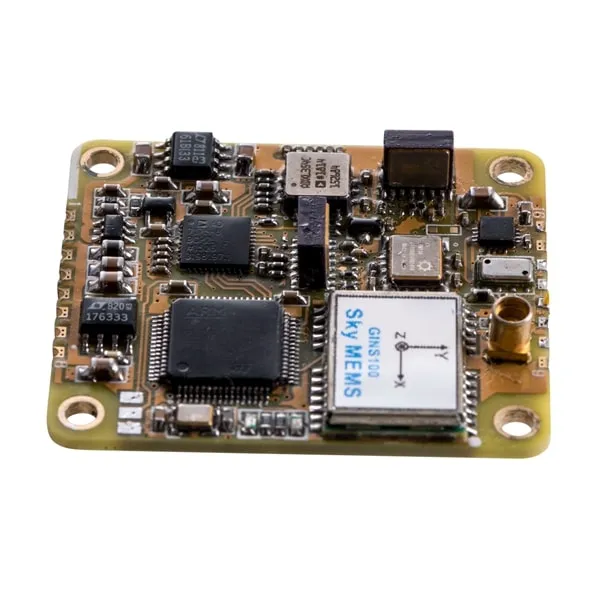
-
Uses of Single Antenna Integrated Navigation Systems
Single antenna integrated navigation systems are used in a range of applications, including:
- Aviation: Single antenna GNSS systems are often used in aircraft to provide precise positioning and navigation information. They are particularly useful for aircraft that operate in areas where GPS signals may be weak or unavailable, such as in urban canyons or mountainous terrain.
- Marine: Single antenna integrated navigation systems are also widely used in marine applications, such as shipping, fishing, and recreational boating. They provide accurate positioning and navigation data, which is critical for safe and efficient operation of vessels.
- Land-based transportation: Single antenna GNSS systems are also used in land-based transportation, including automotive, railway, and pedestrian navigation. They provide precise positioning and navigation information that enables efficient and safe transportation.
-
Benefits of Single Antenna Integrated Navigation Systems
Single antenna integrated navigation systems offer several benefits over other types of navigation systems, including:
- Accuracy: Single antenna GNSS systems provide highly accurate positioning and navigation data, which is essential for safe and efficient operation in various applications.
- Reliability: Single antenna integrated navigation systems are reliable and can operate in a variety of conditions, including harsh environments and areas with weak or unavailable GPS signals.
- Cost-effectiveness: Single antenna GNSS systems are generally more cost-effective than systems with multiple antennas, as they require fewer components and are easier to install and maintain.
- Compact size: Single antenna integrated navigation systems are typically smaller and more compact than systems with multiple antennas, making them suitable for use in a variety of applications where space is limited.
-
Types of Single Antenna Integrated Navigation Systems
There are several types of single antenna integrated navigation systems, including:
- GPS-only: GPS-only single antenna GNSS systems utilize signals from the GPS satellite constellation to provide positioning and navigation data. They are widely used in a variety of applications, including aviation, marine, and land-based transportation.
- GNSS-only: GNSS-only single antenna integrated navigation systems utilize signals from multiple satellite constellations, including GPS, GLONASS, Galileo, and BeiDou. They provide more accurate positioning and navigation data compared to GPS-only systems, as they use more satellites to calculate the user’s position.
- GPS/GNSS hybrid: GPS/GNSS hybrid single antenna integrated navigation systems combine GPS and GNSS signals to provide even more accurate positioning and navigation data. They are commonly used in applications where high accuracy is critical, such as aviation and marine navigation.
-
How Single Antenna Integrated Navigation Systems Work
Single antenna integrated navigation systems work by receiving signals from multiple satellite constellations, including GPS, GLONASS, Galileo, and BeiDou. The antenna receives signals from at least four satellites, which are then processed by the navigation system’s receiver to calculate the user’s position.
-
Advantages of Single Antenna GNSS Systems
Single antenna GNSS systems offer several advantages over systems with multiple antennas, including:
- Simplicity: Single antenna GNSS systems are simpler to design and manufacture compared to systems with multiple antennas, as they require fewer components.
- Ease of installation: Single antenna integrated navigation systems are also easier to install, as they require only one antenna rather than multiple antennas.
- Reduced cost: Single antenna GNSS systems are generally more cost-effective than systems with multiple antennas, as they require fewer components and are easier to install and maintain.
-
Limitations of Single Antenna GNSS Systems
While single antenna GNSS systems offer many benefits, they do have some limitations. These include:
- Limited accuracy: Single antenna GNSS systems are generally less accurate than systems with multiple antennas, as they rely on a single antenna to receive satellite signals.
- Susceptibility to interference: Single antenna GNSS systems are more susceptible to interference from external sources, such as buildings and other structures, which can affect the accuracy of the positioning and navigation data.
- Limited satellite coverage: Single antenna GNSS systems may also have limited satellite coverage, as they rely on a single antenna to receive signals from multiple satellite constellations. This can impact the system’s accuracy in certain areas.
-
Conclusion
Single antenna integrated navigation systems are used in a variety of applications, including aviation, marine, and land-based transportation. They offer several benefits, including accuracy, reliability, cost-effectiveness, and compact size. There are several types of single antenna GNSS systems, including GPS-only, GNSS-only, and GPS/GNSS hybrid systems. Single antenna GNSS systems work by receiving signals from multiple satellite constellations and using them to calculate the user’s position. While single antenna GNSS systems have several advantages, they also have some limitations, such as limited accuracy, susceptibility to interference, and limited satellite coverage.





